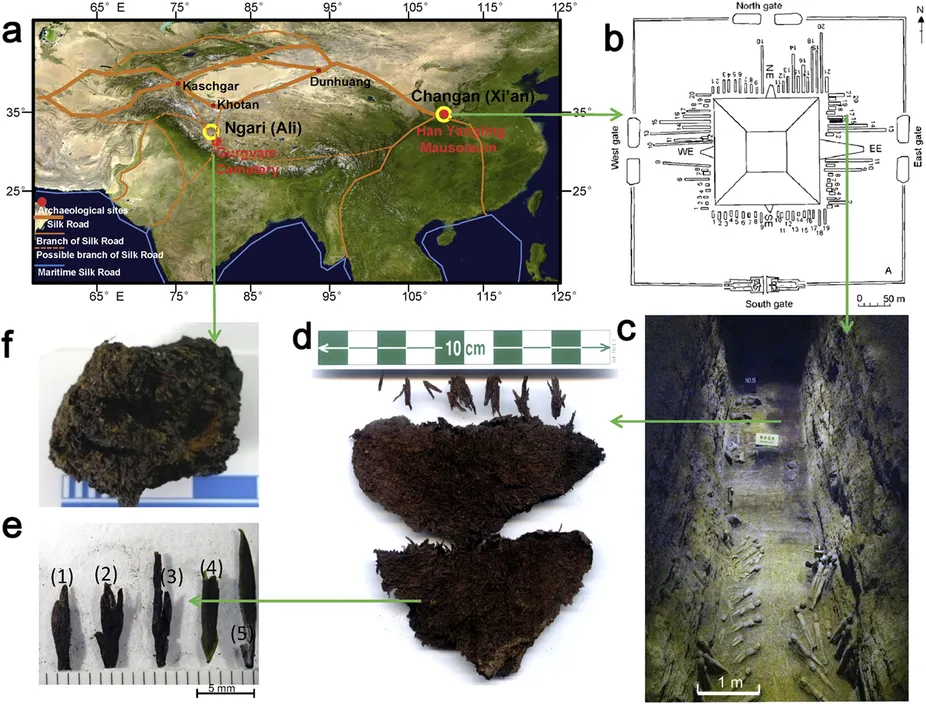Tea is a legendary drink, not only because of its long history, but also because part of what we know about it is woven into popular Chinese legends.
In them it is said that a mythical Chinese emperor,Shen Nung | -also spelled Shennong-, he was sitting under a tree of Camellia sinensis, boiling water to drink it and some leaves of the tree fell to it. Shen Nung tasted the result, of course he liked it, and thus the tea was born.
Although this is perhaps more fiction than reality, if it had happened, the history of tea would have started around 5000 years ago.
Beyond the mythical history of Shen Nung, in times a little closer, there are written references on the cultivation of tea plants, in the period known as the Warring States, during han dynasty, about 2,500 years ago.
Something that is missing to confirm these legends and stories are physical evidence of the use of tea leaves, something that is almost impossible, considering the degradation of these with the passage of time.
However, a group of researchers from the Institute of Cultural Heritage and History of Science and Technology, Peking University, have managed to find evidence of what could be, the oldest cup of tea, ever known.

The physical evidence of tea is very important to confirm the origin, development, function and culture of tea. As archaeological plant leaves remains have been buried for many years, most of them have rotted or charred, it is difficult to find archaeological plant leaves remains in archeological excavation. The first tea remains were found in Northern Song tomb of Lu’an, Anhui Province3. The oldest physical evidence of tea remains are from other two funerary sites: the Han Yangling Mausoleum in Xi’an, Sha’anxi Province, and the Gurgyam Cemetery in Ngari district, western Tibet, revealing that tea was used by Han Dynasty emperors as early as 2100 year BP and had been introduced into the Tibetan Plateau by 1800 year BP, but whether the tea was used as beverage, food, medicine is unclear. Recently, some charred suspected tea remains (CST) were found in a bowl unearthed from tomb No. 1 at Xigang in the Ancient Capital City Site of the Zhu Kingdom in Zoucheng City (The early stage of Warring States, approximately 2400 years ago), Shandong Province. If the remains could be determined as tea, that would be the direct evidence for tea drinking in the ancient time.

With this, researchers from Peking University, conclude that tea was already consumed in China at least 2400 years ago. In addition, the fact of finding these remains in a vase is much more significant, showing that tea, as we know it, really has a very ancient history.